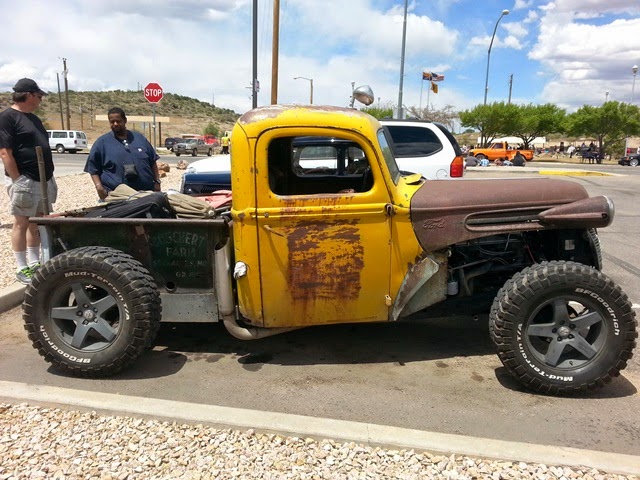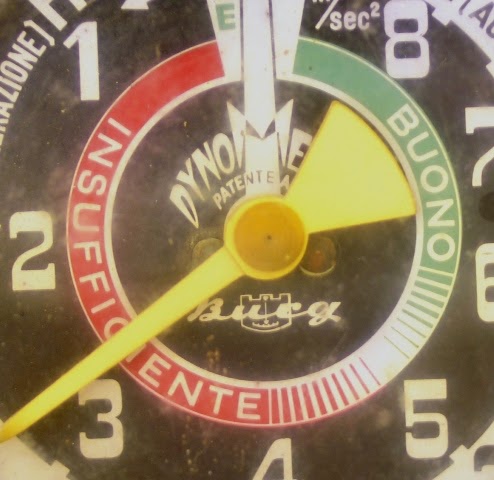Now that The Alfatross' chassis and body are finished and in primer, Tim is concentrating on making sure all of the trim pieces fit and are finished properly. In keeping with using light weight aluminum for the body panels, Zagato also employed it for virtually all trim and filler panels, hand formed from sheet or using various configurations of bar stock made from pure aluminum.
 |
| The Alfatross' door handle housings and minimal polished aluminum trim can be seen in this photo from about 1979. |
This includes the chrome trim rings around the headlights and turn signals, the aluminum door handle housings, windshield and rear window surrounds, hood scoop trim, license plate light housing, and a number of pieces in the interior. After the preliminary fit it all has to be removed before the body can be painted, and then re-installed after the paint has cured completely.
 |
| The cracked hand-made passenger's side door handle housing posed a nerve-wracking repair challenge. |
Since modern aluminum is almost always alloyed with other metals, it is very difficult to locate pure stock in any form other than sheets for replacement and repair purposes. It is important to replace or repair using pure aluminum because the presence of any other metal (like copper) in the repair material can change its color and forming characteristics.
 |
| Tim micro-welding the broken door handle housing. Tim Marinos. |
This may be acceptable on some painted pieces but not on polished parts, e.g. window frames, or parts requiring forming work. When simple, flat pieces that are supposed to be highly polished such as sill plates and lower inside door cover panels are overly-corroded, it is sometimes more efficient to hand-form replacements from new material rather than trying to repair them.
 |
| Clamped firmly in Tim's vice the door handle housing is first tack-welded, then the cracks are "V" cut and TIG welded with 1100 grade aluminum rod. Tim Marinos. |
 |
| There is a lot of manual labor involved using the same techniques that the original Zagato craftsmen employed 60 years ago. Tim Marinos. |
By using the correct replacement material, welding rod, and proper repair techniques, it is possible to make undetectable repairs in keeping with period correct building practices.
Fortunately for the Alfatross, Tim is willing and able to "tame the trim" and expertly craft the repairs.
 |
| The finished repair before polishing. Tim Marinos. |
 |
| The corroded corner of one of the hood scoop trim pieces required re-welding and filling with 1100 rod . . . |
 |
| . . . followed by careful filing and polishing. Both by Tim Marinos. |

















